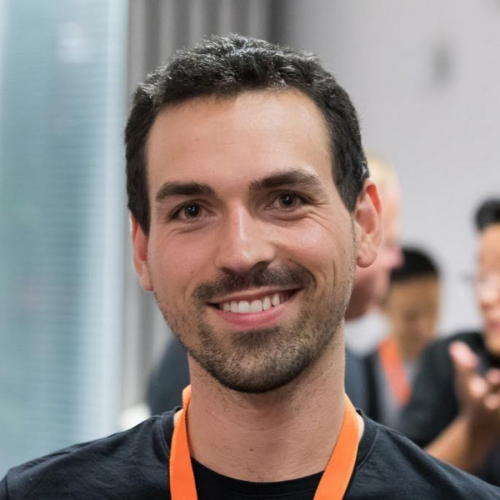@article{parilusyan_1808,
title = {Sensurfaces: A Novel Approach for Embedded Touch Sensing on Everyday Surfaces},
author = {Brice Parilusyan and Marc Teyssier and Valentin Martinez-Missir and Clément Duhart and Marcos Serrano},
url = {https://dl.acm.org/doi/10.1145/3534616},
year = {2022},
date = {2022-07-01},
journal = {Proceedings of the ACM on interactive, mobile, wearable and ubiquitous technologies},
volume = {6},
number = {2},
pages = {67},
abstract = {Ubiquitous touch sensing surfaces are largely influenced by touchscreens' look and feel and fail to express the physical richness of existing surrounding materials. We introduce Sensurfaces, a plug-and-play electronic module that allows to rapidly experiment with touch-sensitive surfaces while preserving the original appearance of materials. Sensurfaces is composed of plug-and-play modules that can be connected together to expand the size and number of materials composing a sensitive surface. The combination of Sensurfaces modules allows the creation of small or large multi-material sensitive surfaces that can detect multi-touch but also body proximity, pose, pass, or even human steps. In this paper, we present the design and implementation of Sensurfaces. We propose a design space describing the factors of Sensurfaces interfaces. Then, through a series of technical evaluations, we demonstrate the capabilities of our system. Finally, we report on two workshops validating the usability of our system.},
keywords = {},
pubstate = {published},
tppubtype = {article}
}











